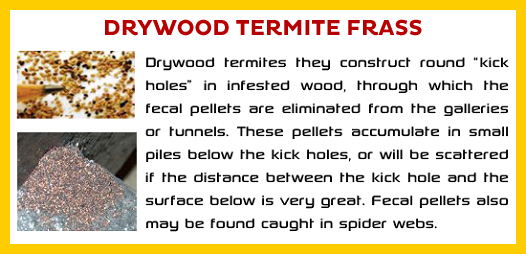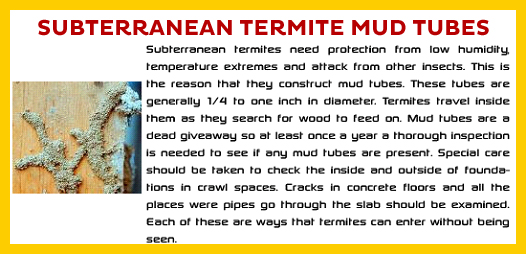TERMITE CONTROL
In the US, termites strike five times as many homes as fire, and do more economic damage annually than all tornados, hurricanes, and windstorms, combined . Because home insurers do not cover termite damage, homeowners spend an estimated $5 billion each year, out of their pockets, to repair these problems. When left untreated, termites have the longest life span of any household pest, with individuals living up to 15 years under favorable conditions, and entire colonies living in homes for even longer. In this time, they may feed on the wood of home structures until little is left but non-supportive remnants, leaving a house that may be physically weakened and exorbitantly costly to repair.
Drywood Swarmer
Appearance: Red Body / Black Wings
Habits: Create colonies in wood, with no connection to the ground necessary often found in attic wood: Needs very little moisture.
Diet: Woods and occasionally other cellulose material
Reproduction: Nymphs pass through seven instars before reaching adulthood: sexual forms eventually swarm to form new colony.




